Picking a deck paint color sounds simple—until you’re standing in front of a hundred swatches and second-guessing everything. I’ve been there.
You want something that feels fresh and inviting, but also holds up to muddy shoes, summer sun, and everything in between.
That sweet spot between stylish and practical? It does exist, and that’s what this list is all about.
These 15 deck paint colors are the ones I kept coming back to. They’re colors that feel just right outside—like they belong with the trees, sky, and whatever style your home already has going on.
Some are warm and cozy, some are crisp and clean, and a few are bold enough to make your deck the star of the backyard.
If you’re in the middle of choosing a color for your deck—or just dreaming about a makeover—I hope this helps you find the one that fits your space and your style.
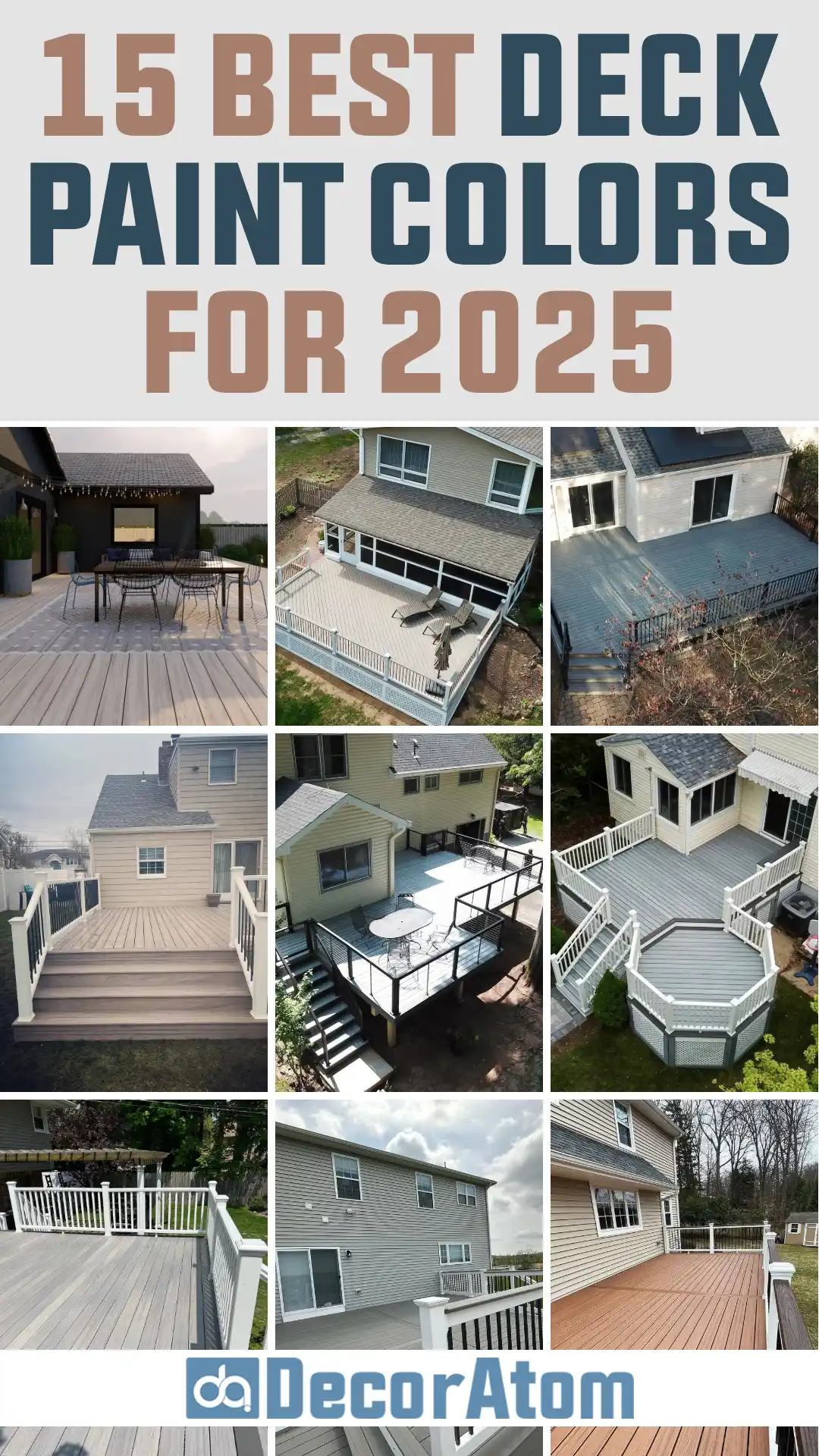
Is It Better to Paint a Deck or Stain It?
This is one of the most common questions homeowners ask, and the answer depends on a few key factors: how you want the deck to look, how much maintenance you’re willing to take on, and what kind of wood you’re working with.
Painting a deck gives you solid, opaque coverage. It’s great for older decks with imperfections since paint can help hide cracks, discoloration, or patchy boards.
It also gives you the biggest range of color options—from crisp whites and deep navy blues to soft taupes and bold black.
Plus, high-quality exterior deck paint usually lasts longer than stain when properly applied, sometimes up to 10 years with the right prep and sealing.
Staining a deck, on the other hand, is more about enhancing the natural beauty of the wood. Stains soak into the wood rather than coating it, which means they won’t peel or chip the way paint sometimes can.
They’re available in clear, semi-transparent, and solid options, and they usually need to be reapplied more often—typically every 2–5 years depending on exposure and the product used.
In short:
- Go with paint if you want a wide range of color options and a more uniform, polished look.
- Choose stain if you love the texture and grain of natural wood and want a more organic feel.

Should Deck Be Lighter or Darker Than House?
There’s no one-size-fits-all answer, but here’s how I like to think about it: use contrast to your advantage. A deck that’s slightly darker or lighter than your house creates visual interest and helps define the outdoor space without making it feel disconnected.
If your house is painted a light or white shade, a deeper deck color (like charcoal, espresso brown, or slate gray) can ground the space and make your backyard feel more anchored and inviting.
On the other side, if your home’s exterior is dark—think deep navy, forest green, or charcoal—going with a softer deck color like warm gray, greige, or even creamy white can keep things feeling open and airy.
Also consider sun exposure. Lighter colors reflect heat and stay cooler underfoot (a big plus for bare feet in summer), while darker colors absorb more heat but can also look richer and hide dirt a bit better. It’s all about balance and choosing a color that feels intentional with your home’s overall vibe.
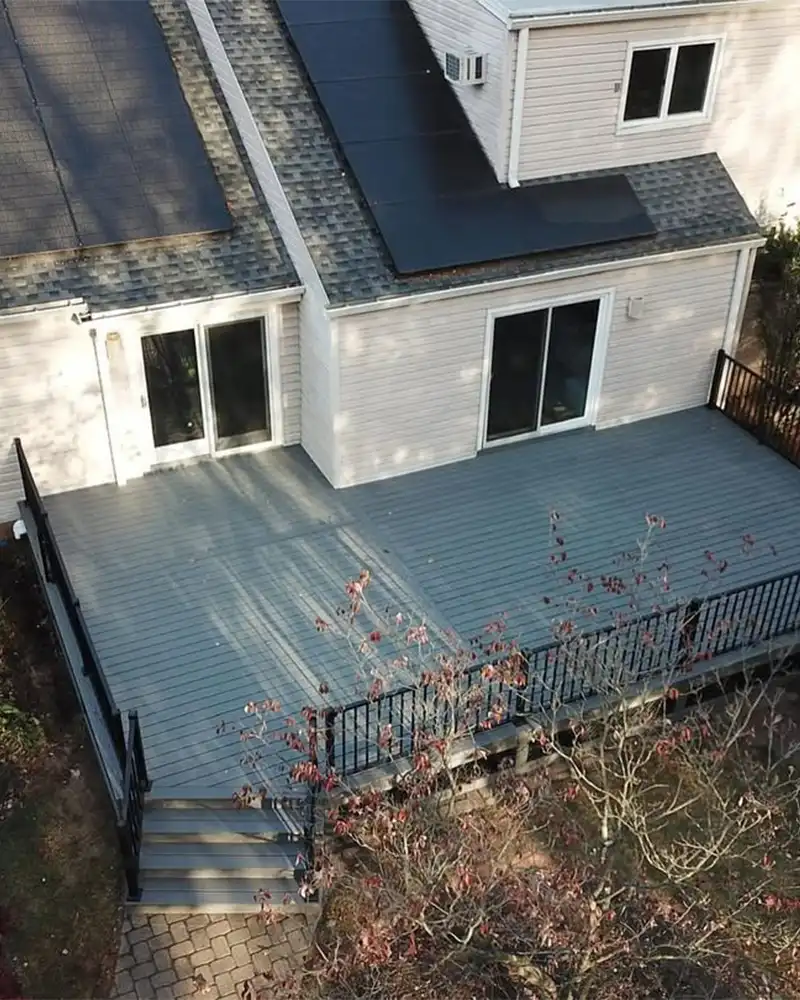
Tips for Choosing Best Deck Paint Colors
Picking the right paint color for your deck isn’t just about what looks good in a photo—it’s about what works with your home, your lifestyle, and your outdoor space all year round. Here are some tips to help you choose a color that you’ll love long after the first coat dries:
1. Match the style of your home
Let your architecture guide you. Classic homes tend to look beautiful with traditional hues like warm gray, soft white, or chestnut brown. Modern homes might lean toward cooler tones, deep charcoals, or even moody navy.
2. Take your surroundings into account
Think about the landscape. Are you surrounded by trees and greenery? Earthy tones like taupe, olive, or natural cream blend beautifully. If you’re near the coast, breezy whites or soft blues can give that relaxed coastal charm.
3. Factor in sunlight and climate
If your deck bakes in the sun all day, you might want to steer away from ultra-dark colors that can get hot. In shady areas, a lighter paint color can help brighten things up.
4. Don’t forget the undertones
Just like with interior paint, undertones matter outside too. For example, a gray with a green undertone might blend better with landscaping than one with a blue undertone.
5. Test your colors outside
Paint swatches can look totally different under natural light. Try a few samples in different spots on your deck and look at them throughout the day—morning, midday, and evening light can all change the way a color reads.
6. Coordinate with trim, railings, and siding
Your deck doesn’t exist in a vacuum. Pull your deck color from elements already on your house—like the trim or shutters—for a look that feels cohesive but not overly matchy.
Top 15 Deck Paint Colors
Here are my favorite Deck paint colors.
1. Benjamin Moore Revere Pewter

Revere Pewter is one of those timeless, crowd-pleasing colors that just works—indoors or out. But on a deck? It really shines.
This is a soft, warm gray with subtle beige undertones, giving it that beautiful greige feel that pairs effortlessly with a variety of exteriors.
It has enough depth to anchor your space without feeling heavy, and it plays beautifully in natural light.
What makes Revere Pewter a standout for decks is its versatility. It can lean more gray or more beige depending on your home’s siding, the surrounding greenery, or the time of day.
That chameleon-like quality gives it a sophisticated look without ever feeling stark or cold. If you want a neutral that blends into the landscape but still feels elevated, Revere Pewter is a solid choice.
2. Sherwin Williams Agreeable Gray

Agreeable Gray is exactly what the name suggests—easy to love and remarkably flexible. It’s a warm, soft gray that reads as a neutral but has a hint of beige to keep it feeling grounded and welcoming.
On a deck, this color gives off that clean, updated look that still feels cozy, especially when paired with white or black railings, or natural wood accents.
This shade has become a go-to for both interiors and exteriors because it walks the line so well—it’s not too cool, not too warm, and never too bold.
For outdoor use, that balance keeps the deck looking refined but still relaxed.
3. Benjamin Moore Natural Cream
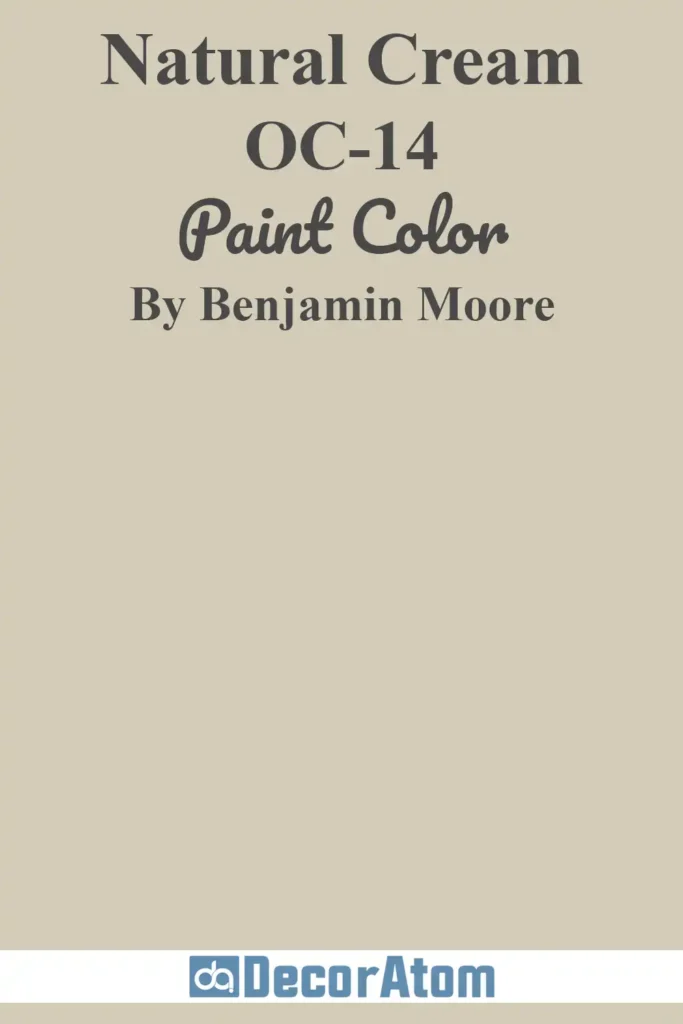
Natural Cream is one of those understated beauties that really comes alive in outdoor settings. It’s a soft, creamy greige that leans a little warm, but without feeling yellow or overly beige.
It has a soothing, sun-washed quality to it—like driftwood or weathered sand—which makes it such a natural fit for decks, especially in homes with stone, light siding, or lots of green landscaping.
What sets Natural Cream apart is its softness. It doesn’t shout for attention, but it has a quiet elegance that gives your deck a calm, polished look.
It works particularly well if you’re going for a laid-back, spa-like outdoor feel—think string lights, cozy furniture, and planters full of herbs.
4. Sherwin Williams Evergreen Fog

Evergreen Fog brings in a bit more personality, but it does so with subtlety and grace. This is a gorgeous green-gray with a misty, moody vibe that feels like a walk through the woods after a rain.
It’s muted and earthy, which makes it a stunning choice for decks that are surrounded by trees, gardens, or natural landscapes.
This color has a grounded, organic quality that gives your deck real character without being loud or overdone. The green undertones pull in the natural world around it, and the gray keeps it cool and balanced.
5. Benjamin Moore Hale Navy

If you’re looking for bold and classic all in one, Hale Navy is your guy.
This rich, deep navy blue has just enough gray in it to keep it from feeling too stark or nautical, which makes it incredibly adaptable for exteriors—including decks.
It’s dramatic without being overwhelming and creates a striking contrast against lighter siding, white trim, or greenery.
Hale Navy gives off a high-end, tailored vibe—like something you’d see in a design magazine or an upscale coastal retreat.
It’s ideal for someone who wants their deck to make a statement, or who’s going for a moody, cozy vibe outdoors. The depth of this color also hides dirt and wear well, which is always a bonus on high-traffic outdoor spaces.
6. Benjamin Moore Pale Oak

Pale Oak is soft, refined, and incredibly easy on the eyes. It’s a warm off-white with delicate gray and taupe undertones—think of it like greige’s more ethereal cousin.
On a deck, it brings a light and airy feeling, almost like natural linen or bleached wood. It’s especially lovely if you want your outdoor space to feel serene, calm, and just a bit sophisticated.
The beauty of Pale Oak is how it plays with light. In bright sun, it feels crisp and clean, but never stark. In shade, it takes on a slightly cozier tone, adding warmth to the space.
It’s a fantastic option if your home leans modern farmhouse, beachy, or even traditional—you can pair it with black metal railings, rustic wood accents, or white trim and it will always look beautiful.
7. Sherwin Williams Accessible Beige

Accessible Beige is a longtime favorite in the world of neutrals, and it deserves a spot on this list because of how perfectly it balances warmth and depth.
It’s a beige, yes, but not the yellowy kind you might be imagining. This one leans into gray just enough to keep it feeling modern and relaxed.
For a deck, Accessible Beige creates a soft, welcoming foundation that pairs beautifully with almost any other color—warm brick, cool siding, green plants, you name it.
It has enough pigment to hold its own outdoors, even in bright sunlight, but it won’t dominate the scene.
If you’re looking for something versatile and timeless, this color delivers every single time.
8. Sherwin Williams Realist Beige
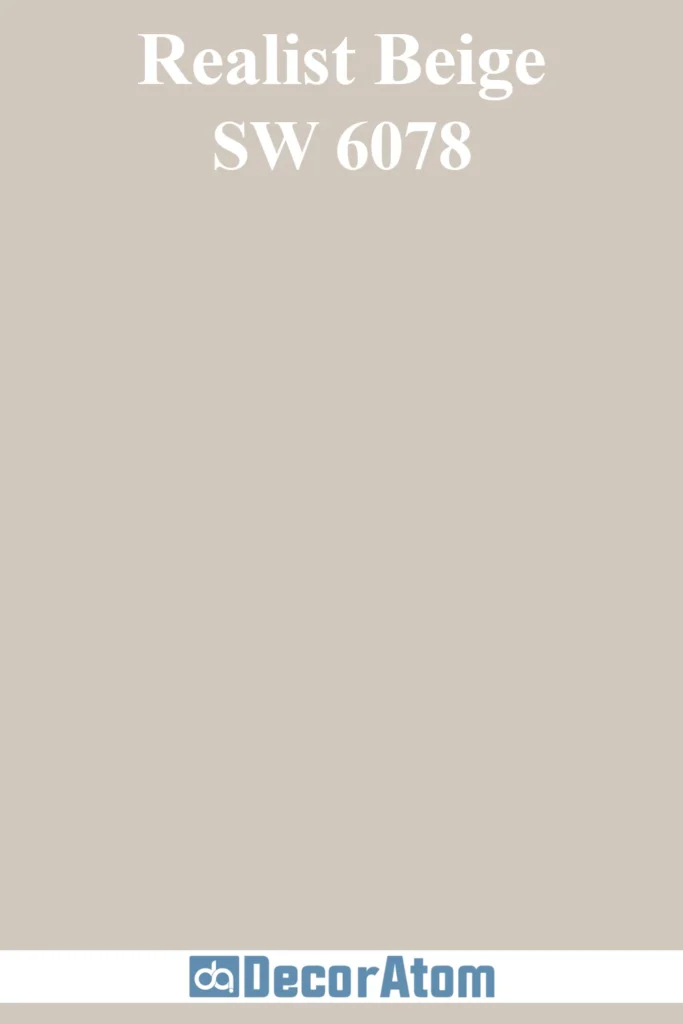
Realist Beige is one of those colors that doesn’t get as much spotlight as it should.
It’s a sophisticated blend of taupe and beige with a slight gray edge, which gives it a cool elegance that works incredibly well for outdoor spaces.
It’s more subtle than some of the flashier neutrals, but that’s what makes it so appealing—it feels polished and grown-up.
This color works wonderfully on decks because it doesn’t scream for attention, but it brings a sense of refinement.
It’s especially nice if you want a neutral that’s slightly on the cooler side but still warm enough to pair with wood, stone, or greenery.
If your style leans minimalist or you want a deck color that works in all seasons, Realist Beige is a strong, under-the-radar pick.
9. Benjamin Moore Simply White
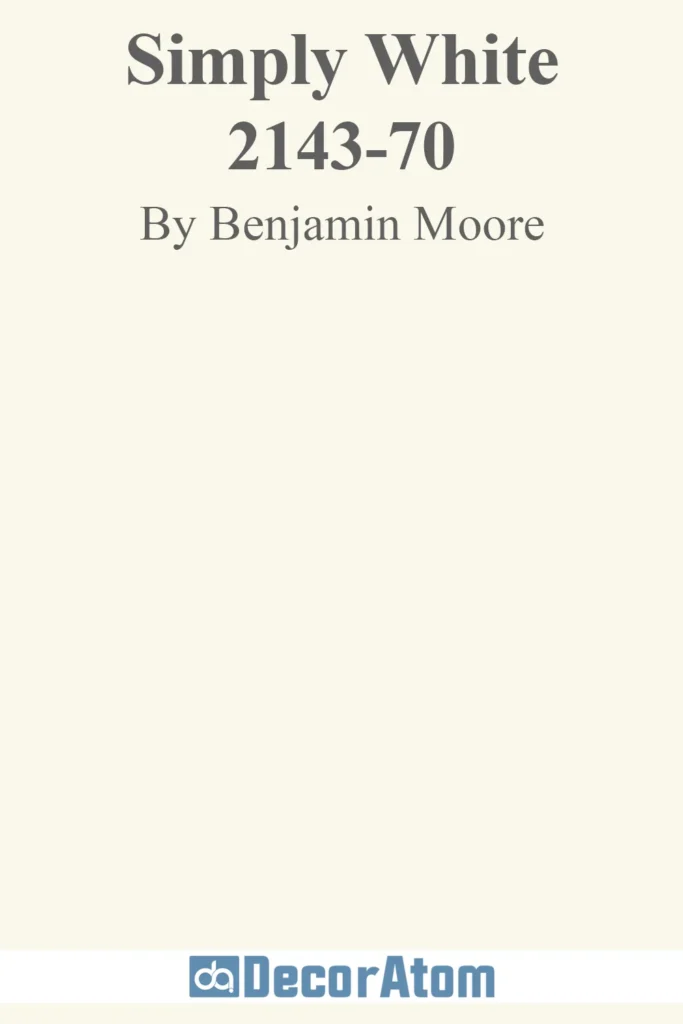
Simply White is exactly what the name suggests—pure, clean, and classic. It’s not a stark, icy white; instead, it has just a touch of warmth that keeps it from feeling sterile.
On a deck, this color creates a crisp, bright look that’s perfect for warm climates, beach houses, or modern exteriors.
What I love about Simply White is how fresh it feels. It reflects light beautifully, which can help make a smaller deck feel more open.
And while white might sound risky for an outdoor floor, this one holds up surprisingly well and gives off that timeless, sun-washed aesthetic.
10. Benjamin Moore California Redwood
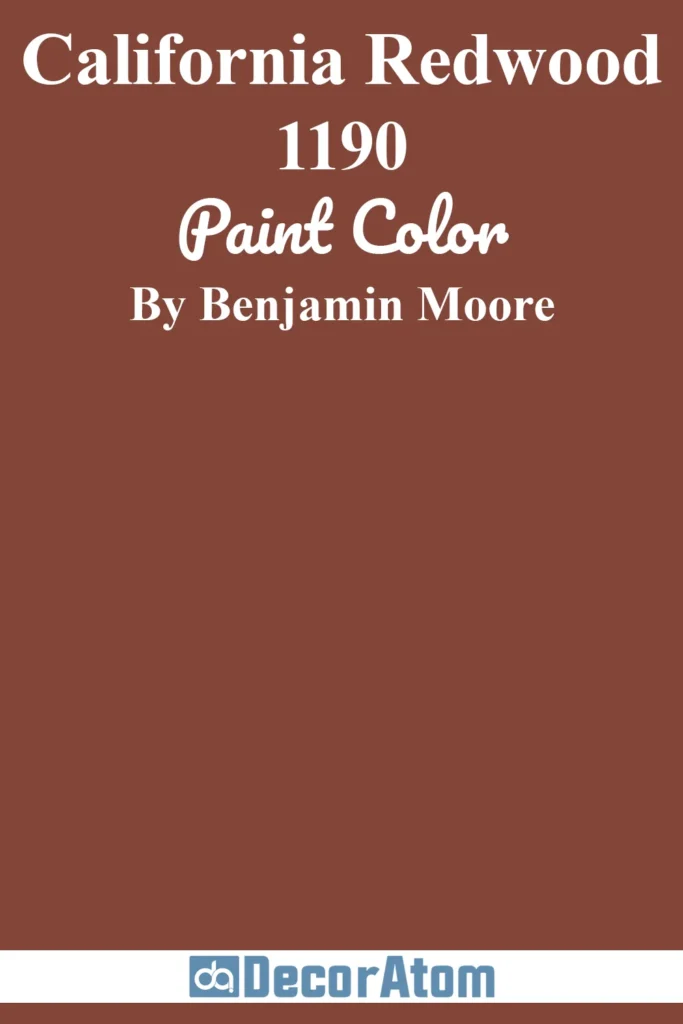
Now we’re talking depth and richness. California Redwood is a warm, earthy red-brown that brings a natural, rustic charm to any outdoor space.
Inspired by the tones of real redwood decking, this color is perfect if you want to embrace that classic wood deck look without the upkeep of natural stain.
This color is deep but not too dark—it has enough warmth to keep it inviting and enough red to add visual interest without being too bold.
It looks especially beautiful surrounded by greenery or paired with stone elements, and it feels right at home in both traditional and cabin-inspired settings.
11. Benjamin Moore Edgecomb Gray
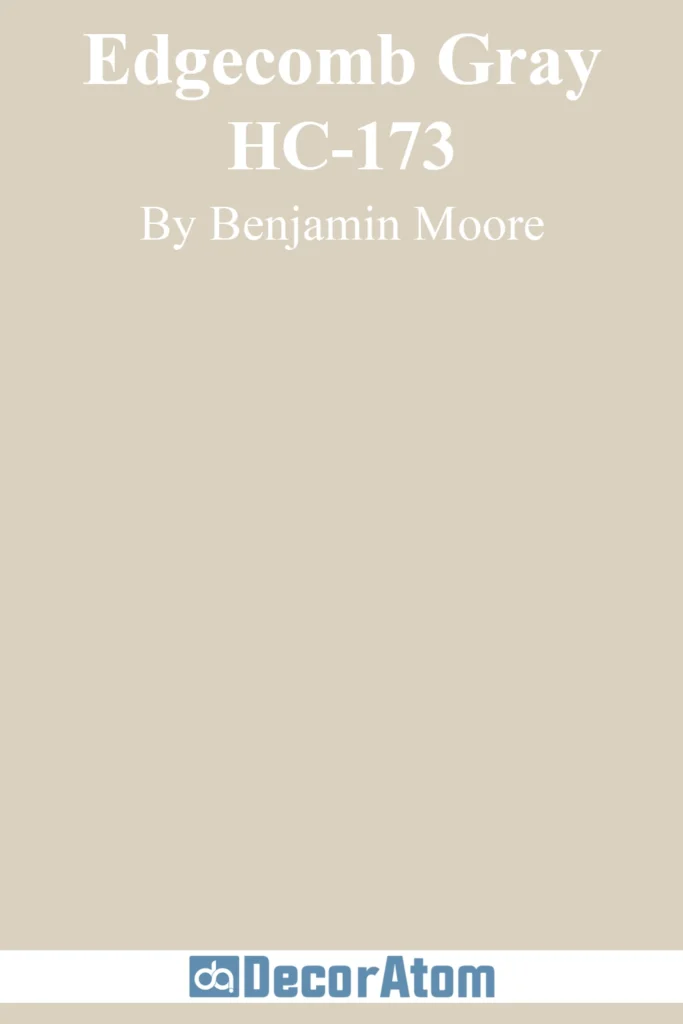
Edgecomb Gray is one of those quiet neutrals that earns its place on any best-of list, and it’s no different when it comes to deck colors.
It’s a soft greige with warm undertones and just enough pigment to feel grounded outdoors.
Unlike cooler grays that can sometimes feel flat or industrial outside, Edgecomb Gray always manages to feel fresh, natural, and welcoming.
What makes this shade so ideal for decks is its versatility. It complements just about any siding color, from white to tan to even deep navy.
It also plays well with nature—surrounded by trees or nestled up next to stone, it never clashes.
If you’re aiming for a low-key, clean look that still has warmth and personality, this one checks every box.
12. Benjamin Moore Ivory Tusk
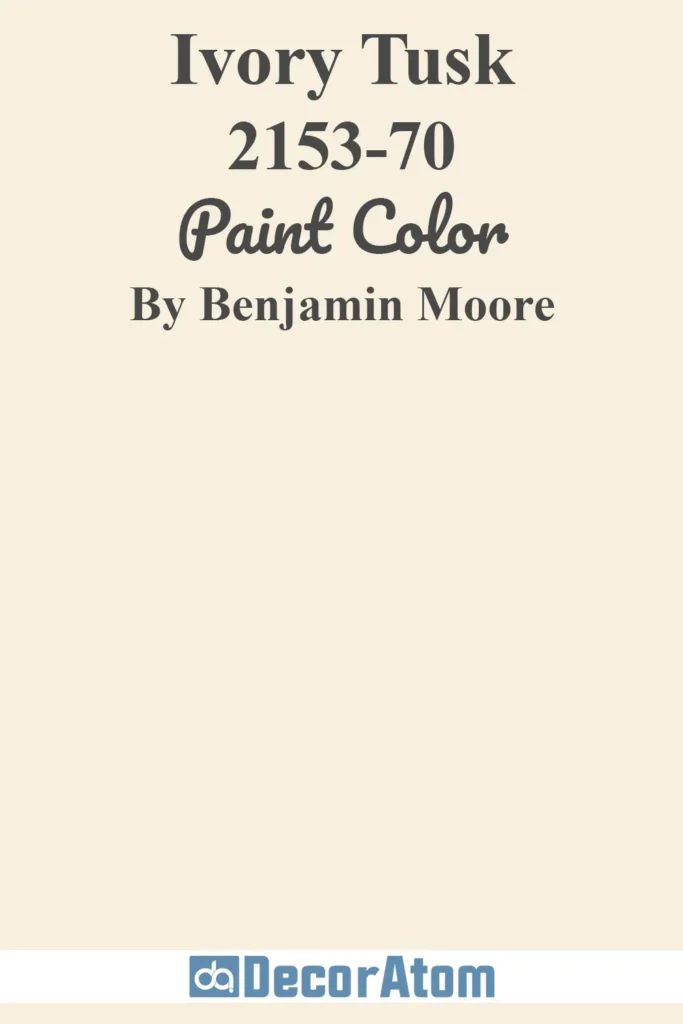
Ivory Tusk brings a soft, creamy warmth that feels like sunshine in paint form.
It’s a beautiful off-white with golden-beige undertones that work incredibly well in outdoor spaces.
Where some whites can feel too bright or stark in direct sun, Ivory Tusk has a mellow richness that softens everything around it.
This color is a favorite for those who want their deck to feel bright and airy without going fully white.
It adds a sun-washed elegance—imagine pairing it with rattan furniture, woven textures, and pale wood tones.
It’s especially lovely in coastal or Mediterranean-style homes, but honestly, it can work just as well on a classic front porch in the suburbs.
13. Benjamin Moore Stonington Gray

Stonington Gray is a cool, crisp gray with a subtle blue undertone that gives it a little edge.
It’s one of Benjamin Moore’s most popular grays for a reason—it feels polished, timeless, and fresh.
On a deck, this color brings in a sleek sophistication that works especially well in modern or coastal settings.
Because of its cool undertones, Stonington Gray reads clean and light in direct sunlight, but it still has enough depth to hold up to the outdoor elements.
It’s a great option if your home’s exterior is white, navy, or cool-toned brick, as it complements those palettes beautifully.
If you’re after that clean, airy outdoor look without veering into warm or beige territory, this is a reliable and stylish pick.
14. Benjamin Moore Charcoal Slate
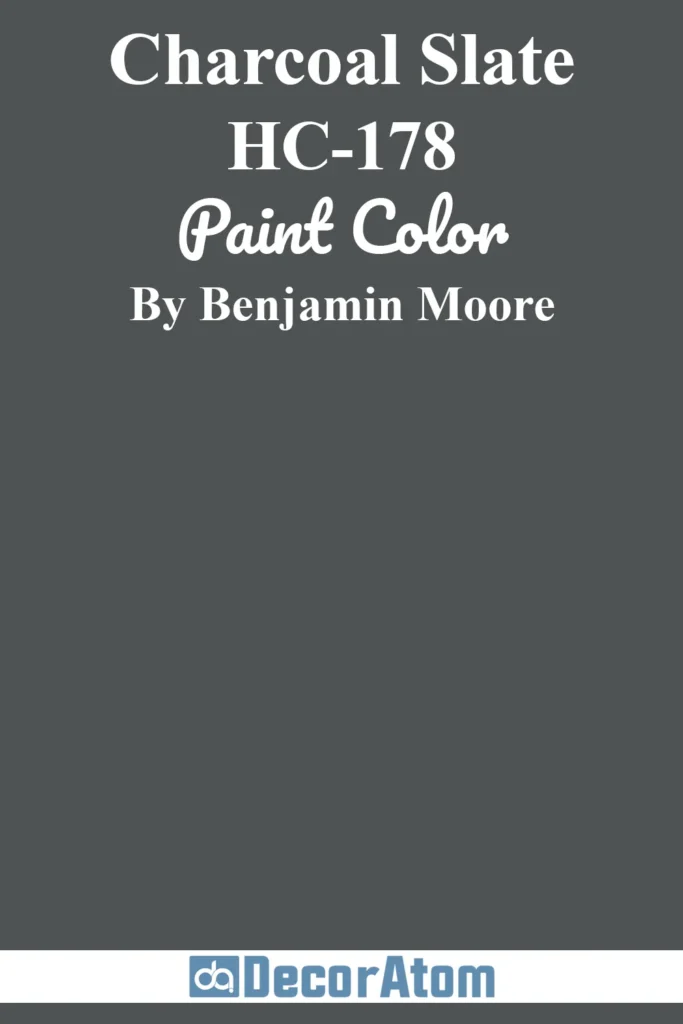
Charcoal Slate steps into the darker territory—but in the best possible way.
This deep, moody gray with a touch of blue brings undeniable drama and richness to a deck.
It feels bold and modern, yet it still has that grounding, earthy vibe that makes it blend beautifully with the outdoors.
What I love about Charcoal Slate is how it transforms a deck into a real design feature.
It’s perfect if you want your deck to stand out and feel intentional—especially when paired with white trim, stone accents, or metal details.
It also has practical benefits: darker colors tend to hide dirt and wear better, which is always a win in high-traffic outdoor spaces.
15. Benjamin Moore Middlebury Brown
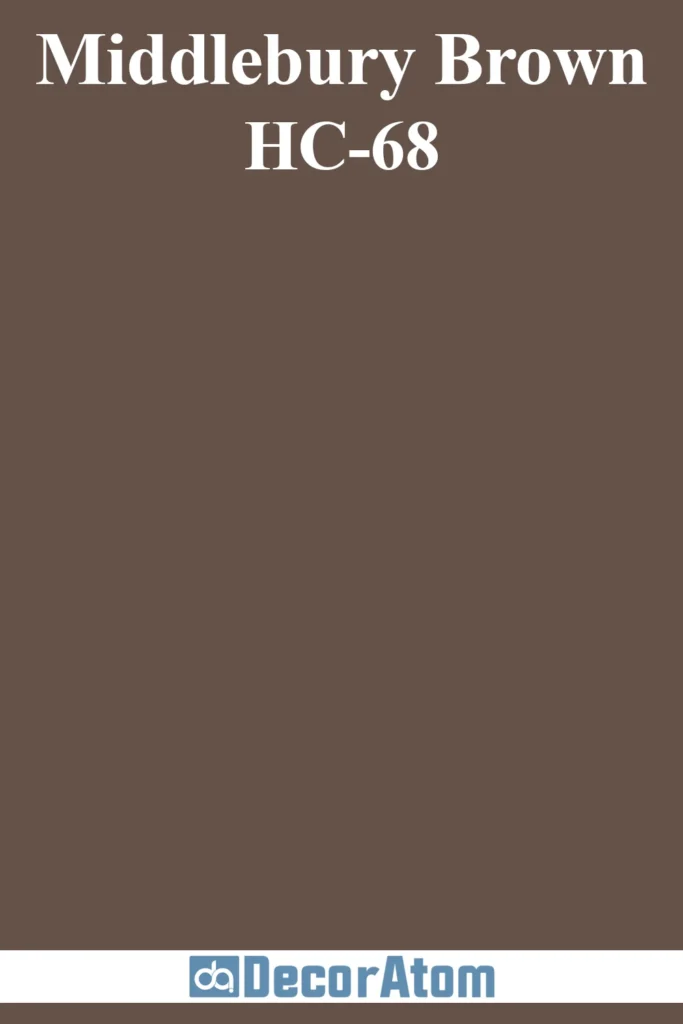
Let’s finish strong with Middlebury Brown, a deep, rich brown that brings warmth, tradition, and a sense of rootedness to any deck.
This isn’t a reddish brown or a super-dark espresso—it’s more of a hearty, earthy brown with just a touch of warmth, like aged leather or tree bark.
It’s the kind of color that instantly makes a space feel grounded and comfortable.
Middlebury Brown is ideal for homeowners who want a more classic deck aesthetic without the maintenance of traditional stained wood.
It has that natural look but in a color that holds up well over time. It pairs beautifully with cream, beige, or even olive green surroundings, and it looks especially sharp next to brick or stone.

